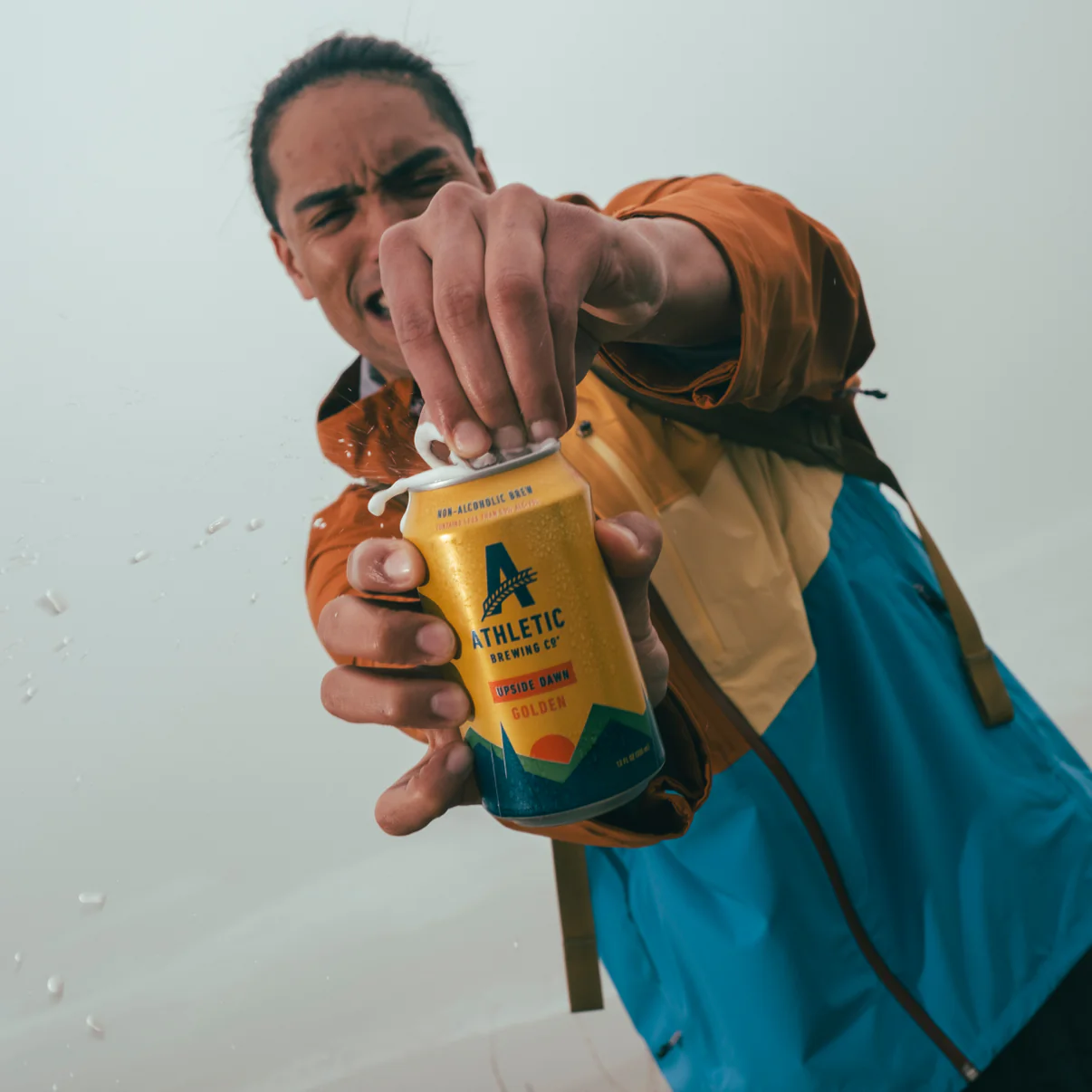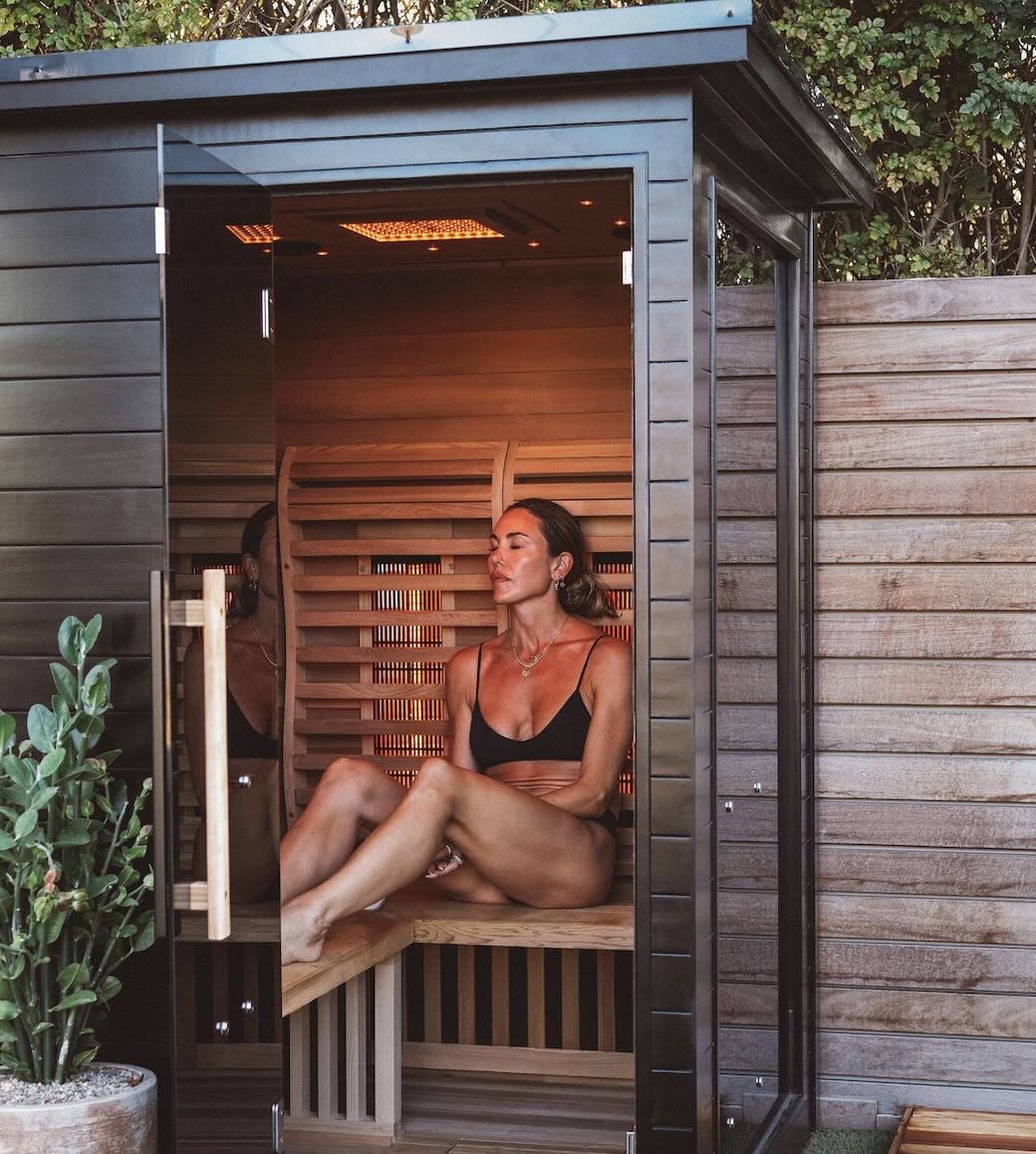Our team is dedicated to finding and telling you more about the web’s best products. If you purchase through our links, we may receive a commission. Our editorial team is independent and only endorses products we believe in.
The other day I was scrolling through Instagram and saw a story my friend posted. It read “You don’t go to Costco because you need something. You let Costco show you what you need.” Honestly, what a profound statement. As much as it may make you laugh, it reveals an eternal truth: people love Costco.

Despite COVID-19 hindering some of the retailer’s expansion plans in 2020, Costco had its biggest year yet. (Thanks to some help from its 50% e-commerce growth.) As customers flocked to grocery stores across the country for household essentials in the early part of the pandemic, warehouse clubs benefitted from selling products in bulk—customers could make fewer trips to the store and come into contact with less people.
The Cult of Costco

The warehouse-club model—popularized in the U.S. in the 1970s by names such as Costco, BJ’s Wholesale Club, and Sam’s Club —takes a no-frills approach. Entering one of these stores is like entering a… warehouse. There’s not much thought put into merchandising; the walls are bare, the floors are polished concrete, and the aisles are divided into squares resembling one giant filing system. In turn, the lack of investment into the fit and finish of the building results in a simple, efficient, and utilitarian experience.
The biggest hallmarks of the warehouse club are low prices and something you don’t physically see: The Membership. Free samples are, of course, a close second. Costco is known for their ability to offer seemingly fictitious prices on a lot of high-quality products. And they don’t veer from that mission.
As great as these discounts are, in order to even be able to enter the store and benefit from bulk-ordering pricing, you have to flash your membership card to the greeter at the front door. At Costco, a membership costs either $60 or $120, and they’re about the same for BJ’s and Sam’s.
This subscription serves as both another revenue stream and also as a way to filter out customers who may not be as devoted to getting large quantities of mac and cheese every month. If you’re paying for something, then of course you’re more likely to use it more often.
Now, direct-to-consumer companies are bringing the membership model to the internet and you’re going to want to check them out. Instead of simply cutting out the middleman and selling products in one-off transactions, two exciting companies are sourcing products directly from the same factories that luxury labels use, and then offering a membership to allow customers to have access to closer-to-cost products.
The DTC Promise, Evolved For Our Costco Habit
The previous decade gave us a renaissance in consumer-packaged goods that offered premium products at a fraction of the cost by cutting out the middleman. Warby Parker, one of the first “digitally-native vertical brands” (DNVBs), made designer-quality glasses available for $95; Dollar Shave Club gave guys a “Quality Shave At A Fair Price;” and Casper would deliver a mattress in a box to your doorstep and take it back if you didn’t like it within 100 days.

Beauty Pie and Italic are taking everything you love about Costco and applying it to two of the biggest consumer categories: personal care and fashion, respectively. Both follow similar e-commerce models, charge a members’ fee, and bring discounted quality products to online shoppers.
Makeup Without The Markup
Marcia Kilgore is no stranger to the makeup industry. Kilgore, 52, is now in the process of building her fifth business. Her first company, a skincare line and spa chain called Bliss, was acquired in 1999 by LVMH (who she’s now trying to compete with) and her second was an affordable cosmetics brand called Soap and Glory.

Beauty Pie, which describes itself as “the first luxury beauty product buyers’ club,” is aiming to flip a beauty industry notorious for benefitting from high margins on its head and pass the savings onto loyal customers. The online retailer claims to be able to offer savings up to 80% by selling products directly, cutting out middlemen, and staying away from celebrity endorsements.
Like Costco, shopping with Beauty Pie requires a membership to capture savings. While you can shop without one, the prices are substantially higher. Interestingly, Beauty Pie puts a limit on the amount of products you can buy each month. For instance, the $10 per month subscription let’s you purchase $100 worth of products per month. While it seems counterintuitive to put a limit on what you can buy, my assumption is that Beauty Pie hopes customers will want to hit their limit each month and then increase to a higher tier.

A key differentiator Beauty Pie and Italic share is their sourcing strategy: they both procure products from the same manufactures that make goods for well-known luxury brands. With a strong selection of products and glowing reviews from outlets such as ELLE, Beauty Pie is well positioned to take on incumbents. The brand also raised its first round of financing in December 2020 from firms such as Index Ventures, who invested in Glossier, and General Catalyst, who invested in Warby Parker and Outdoor Voices.

The ‘AntiBrand’ wrapped in Quality: Meet Italic
Classic luxury retailers like Saks Fifth Avenue and Neiman Marcus, suffering from COVID-19 and bankruptcy, now have another thing to worry about. Italic, an online “anti-brand” which launched in 2018, is completely taking out any margin from its products and selling everything at cost by charging an annual membership fee required to be able to purchase items on the site. While the membership costs $120 per year, Italic says “93% of new members break even on their first order.”
According to the company, Italic is aiming to actually change the way we shop: “Modern “direct-to-consumer” brands may have disrupted things a little, but they haven’t reinvented retail: They still buy their product from a manufacturer, put their brand name on it, and sell it to you for more than they paid.”
Similar to Beauty Pie, Italic sources their products from high-end factories. They even list other brands that the manufacturer produces. For example, the bag below is made from the same manufacturer as Prada and this yoga mat is from the same maker as Manduka. Instead of paying $49 for a Manduka mat, Italic’s is $30.

This is an exciting moment for retail —whether it’s companies like Luxottica that historically have simply licensed designers’ labels or the multitude of makeup brands that contract overseas manufacturers, these incumbents are now being challenged to innovate on product, not just brand.
And this model just may work out for Beauty Pie and Italic; Costco, the ‘forefather’ of membership driven commerce, had a prolific 2020. The company’s stock returned 33% last year, almost doubling the S&P 500’s 18% return, and passed $4 billion in revenue for the first time in a fiscal year. While the pandemic certainly gave the warehouse system a boost, consumers inundated with brands fighting for attention may simply want reliable goods at a reasonable price—and they’re clearly willing to pay the fee to get just that.











.gif)






